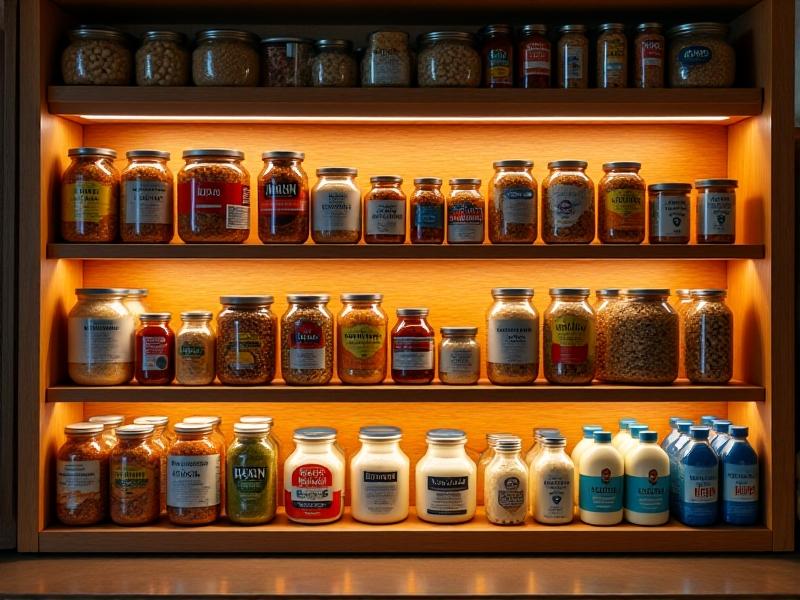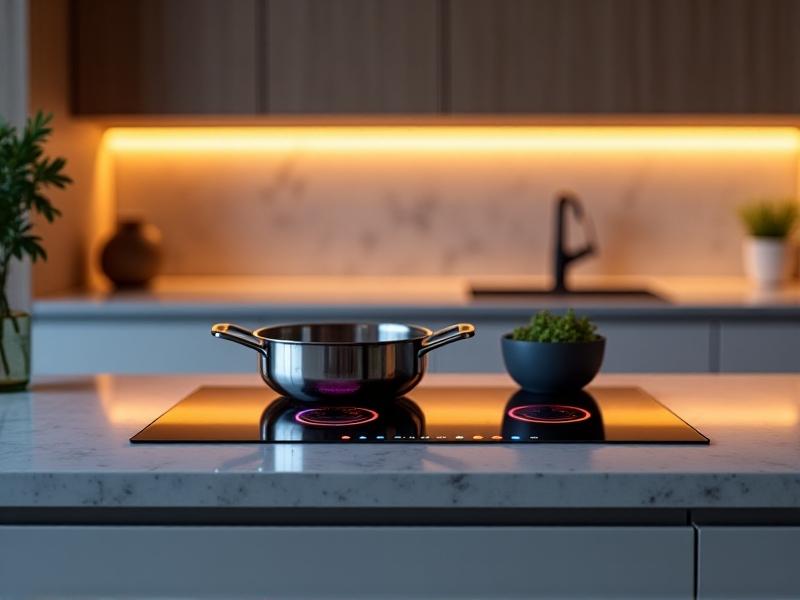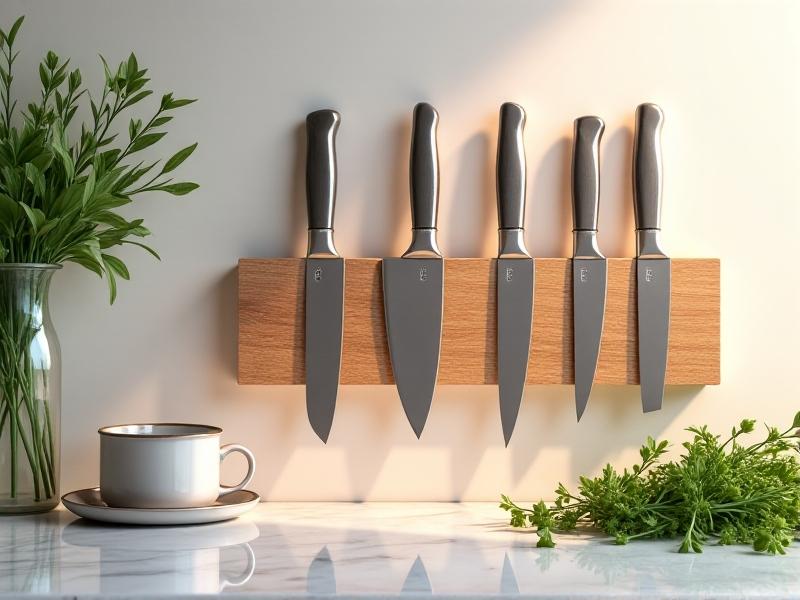USB-Powered Mini Fridge Performance
The Rise of USB-Powered Mini Fridges: A Modern Cooling Solution
USB-powered mini fridges have surged in popularity as compact, portable alternatives to traditional cooling appliances. Designed for convenience, these pint-sized coolers plug into standard USB ports, making them ideal for desks, cars, or small spaces. Originally marketed as novelty items for chilling sodas or skincare products, they’ve evolved into practical tools for anyone needing quick access to a cold drink or snack. Their energy-efficient design and portability cater to students, office workers, and travelers, though questions linger about their real-world performance. Can these devices deliver consistent cooling, or are they merely aesthetic gadgets? This article dives into the mechanics, limitations, and potential of USB mini fridges.
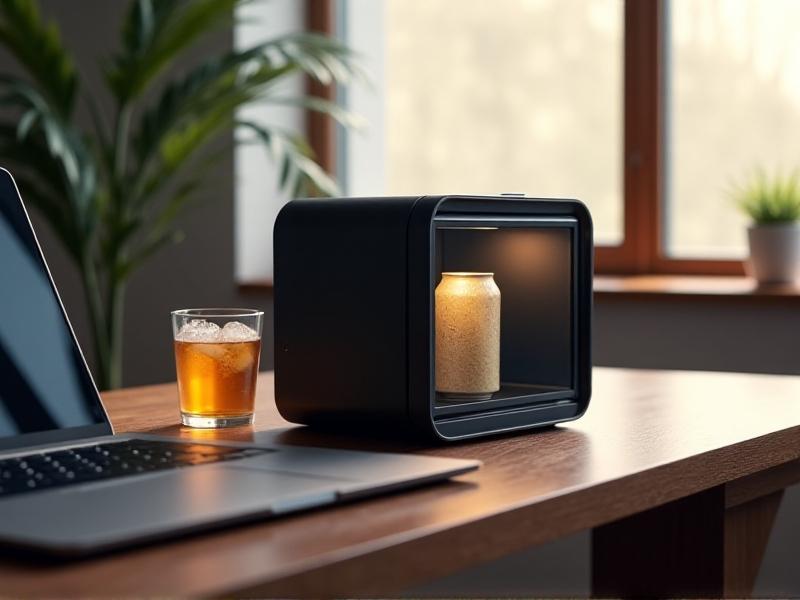
How USB-Powered Mini Fridges Work: The Science Behind the Chill
Unlike compressor-based refrigerators, most USB mini fridges use thermoelectric cooling. This method relies on the Peltier effect: when an electric current passes through two dissimilar metals, heat transfers from one side to the other. Inside the fridge, a Peltier module absorbs heat from the interior compartment and releases it externally via a heat sink and fan. This process requires no refrigerant, making the device lightweight and silent. However, thermoelectric cooling has limits. Its efficiency depends on ambient temperature—warmer environments strain the system, reducing cooling capacity. Additionally, USB power (typically 5V/2A) restricts the module’s output, capping the temperature drop at around 20°F below room temperature. While sufficient for beverages, this technology struggles with larger items or prolonged cooling.
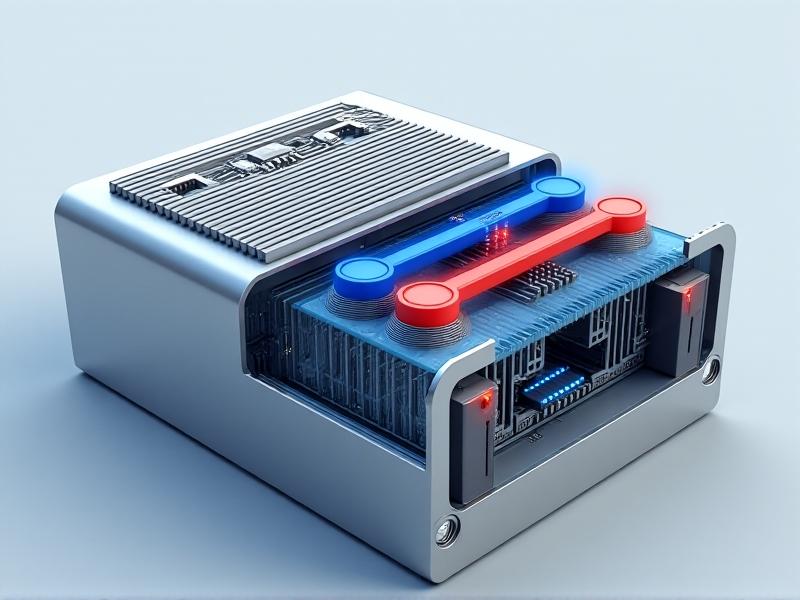
Performance Factors: What Impacts Cooling Efficiency?
Three key factors determine a USB mini fridge’s effectiveness. First, power input: devices drawing 10W (5V/2A) outperform those using lower-power USB ports (e.g., 5V/1A). Second, insulation quality matters—thicker walls and airtight seals maintain temperature better. Third, ambient temperature plays a critical role. Testing shows a unit achieving 40°F in a 70°F room might only reach 55°F in an 85°F environment. Load capacity also affects performance; overfilling blocks airflow, while leaving too much empty space forces the system to cool excess air. Some models address these issues with adjustable thermostats or dual-zone compartments, but compromises remain inevitable in such compact designs.

Real-World Testing: From Office Desks to Road Trips
In controlled tests, USB mini fridges consistently chill 12-oz cans from room temperature to a drinkable 45–50°F within 90 minutes. However, real-world scenarios reveal variability. In a parked car on a summer day (interior temp: 100°F), a mini fridge struggled to maintain 70°F—useful for preventing chocolate from melting but inadequate for true refrigeration. Noise levels also fluctuate; while most units operate silently, some emit a faint hum from the fan. Battery-powered models introduce another layer of complexity, as cooling drains portable chargers quickly. Still, users praise these devices for niche applications, like keeping insulin pens cool during short trips or preserving skincare products in humid climates.
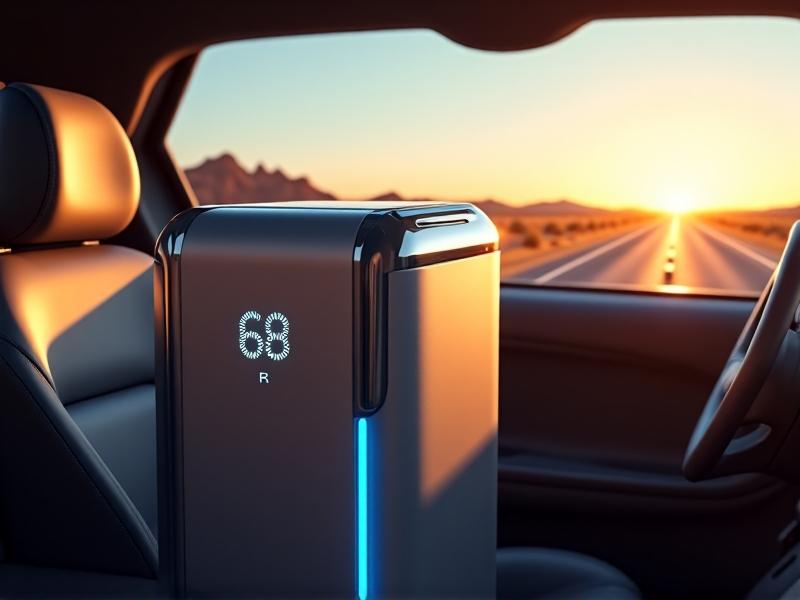
Energy Efficiency: How Do They Compare to Traditional Refrigerators?
USB mini fridges consume 8–15 watts, a fraction of the 100–200W used by full-sized refrigerators. Over 24 hours, they use approximately 0.2–0.36 kWh—equivalent to running a LED light bulb. This efficiency comes at a cost: limited cooling capacity. While eco-conscious users appreciate the low energy draw, the trade-off becomes apparent when cooling essentials like perishable food. For perspective, chilling six cans in a USB fridge uses less energy than powering a gaming console, but repeatedly opening the door or using it in hot environments can double consumption. Hybrid models with solar-panel compatibility aim to offset these issues, appealing to off-grid enthusiasts.
Practical Applications and Limitations
These devices excel in specific scenarios. Gamers appreciate having cold drinks within arm’s reach during marathon sessions, while photographers use them to prevent camera batteries from overheating. However, limitations abound. The average 4–6 can capacity suits beverages but can’t accommodate meal prep containers. Medical users caution against relying on them for temperature-sensitive medications without backup solutions. Durability also varies—cheap models may fail within months, whereas premium versions with ceramic cooling elements last longer. Anecdotal reports highlight creative adaptations, like using USB fridges to cool 3D printer nozzles or as makeshift dehumidifiers in small spaces.
The Future of Portable Cooling: Innovations on the Horizon
Emerging technologies promise to enhance USB mini fridge performance. Solid-state cooling advancements, like electrocaloric materials, could replace Peltier modules with more efficient components. Researchers are also exploring phase-change materials (PCMs) that store cold energy during off-peak hours. Solar-integrated designs are already hitting niche markets, pairing compact panels with high-capacity batteries. Meanwhile, smart features like Bluetooth temperature alerts and app-controlled settings are becoming standard. While current models remain supplementary cooling tools, ongoing innovations may soon blur the line between USB gadgets and serious refrigeration solutions.

